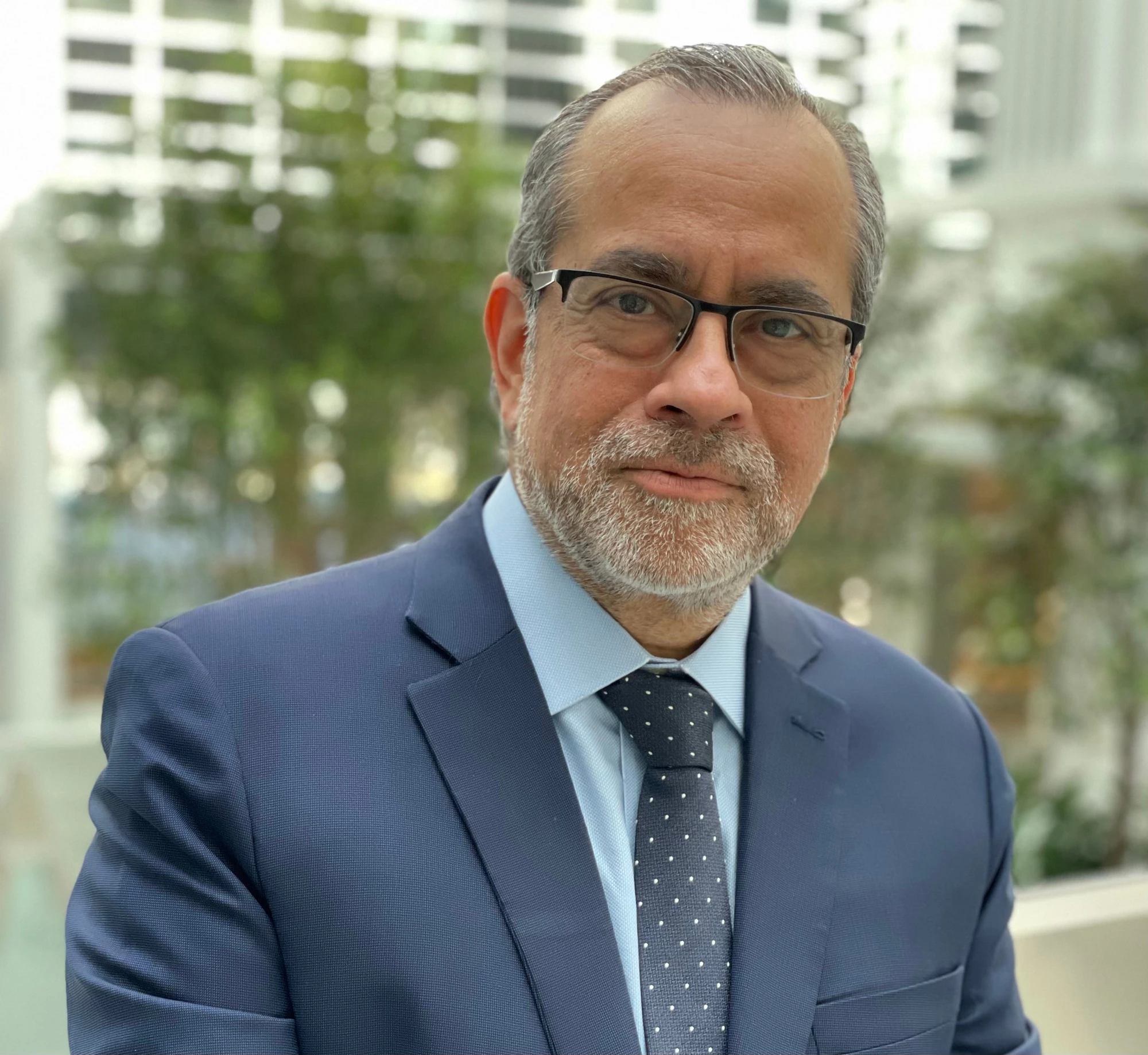The World Bank Group (WBG) has established that its mission, endorsed by the governors of its client countries, is centered around the goals of sustainably ending extreme poverty and promoting shared prosperity. Extreme poverty is monitored by the percent of people living below the $1.25-a-day threshold. The Bank’s mission thus gives a clear message: Extreme poverty, hunger, destitution must come to an end.
To monitor progress in shared prosperity, the WBG will track the income growth of the bottom 40 percent of the population in each country. The clear signal the WBG wants to give is that the institutional mission is about reducing poverty, fostering growth and increasing equity, so we need to monitor what happens to welfare of the less well off in every country. Improving averages is not enough; a laser focus on those who are at the bottom of the distribution at all times, everywhere, is needed.
The WBG monitors inequality using many of the indicators available, and it is an explicit objective of much if its work, for example by improving equity between men and women, reducing the difference in access to basic social and infrastructure services between urban and rural areas, and so on. So many have asked why the WBG has not made reducing inequality an explicit goal.
Many poverty economists agree that monitoring the income growth of the bottom 40 percent is a good way of “proxying” the welfare of the less well off, but some add that the goal should be expressed in relation to overall growth (which implies in practice having reduced inequality as a goal).
Furthermore, those mathematically inclined point out that the average income of the bottom 40 percent (or any part of the distribution) can be expressed as a function of both the mean and an inequality indicator, so in any case, these are related indicators.
The reason why the income growth of the bottom 40 percent (or any other indicator that allows monitoring welfare improvements of those in the bottom part of the distribution), is preferable as a goal is because an increase in this indicator is unambiguously desirable in any country – in any circumstance, at any time.
If the goal were to reduce inequality alone, one could rank favorably a situation where average incomes are increasing at a very low pace, but incomes of those at the bottom are increasing slightly faster (like Egypt or Uganda, or growth rates in India prior to the liberalization of the economy in 1991), vis-a-vis a situation where everyone’s welfare is improving at a very fast pace, but inequality is increasing (like in China or Indonesia).
Improving the economic and social status of those at the bottom of the distribution requires making sure that everyone is part of a dynamic growth process and, in most cases, that requires a reduction in inequality. There are many reasons why high inequality, on its own, is a serious concern.
High inequality is for many of us morally unacceptable and a symptom of a broken social contract. High inequality can lead to social conflict and instability which might result in lower economic standards for everyone. High inequality is in many cases a reflection that everyone does not have the same chances in life, that some have access to basic economic, social and human rights and others not, that opportunities are related to where you were born, who your parents are, or your race or gender.
Moreover, no country has transited to high income status with very high levels of inequality, and countries with the highest living standards have, in general, lower levels of inequality than low income countries. So there are many reasons why reducing inequality is a valid development objective by itself.
Reducing inequality is a valid development goal, and in the medium and long-run it is, most likely, the only way to sustainably increase incomes of those at the bottom. But a reduction in inequality by itself does not result in an improvement of the welfare of the less well off in all circumstances.
Fostering the income growth of the bottom 40 percent is, admittedly, a crude approximation of the socioeconomic status of those at the bottom, but it is a pertinent development goal for all countries be they South Sudan, Chile or China. It is pertinent regardless of the initial level of development, regardless of the moment in the economic cycle, regardless of country characteristics.
Always, countries should aspire to increase the wellbeing of the less well off. Focusing explicitly on that indicator, and not only on overall economic growth, will help us design more effective strategies and policies.


Join the Conversation